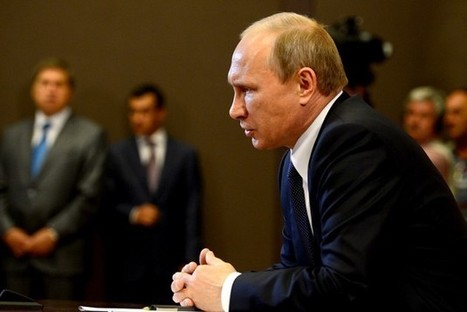Investigating the gun industry, Muslim extremists, and high-stakes litigation, I’ve grown accustomed to deadline intimidation from corporate legal departments or an executive’s personal PR squad, but only this week am I getting a feel for what it’s like to be the target when a sovereign nation goes into crisis-communication mode.
Worried about revelations in Law of the Jungle, my soon-to-be-released book about the epic Chevron (CVX) oil pollution case, the Republic of Ecuador’s U.S. public relations advisers, New York-based Ketchum, has sent a six-page, single-spaced memo to Ecuador’s ambassador to the U.S., Nathalie Cely. Marked “reservado y confidencial,” the memo, prepared in Spanish throughout, outlines “difficult questions” the book raises “that negatively affect Ecuador,” and includes an ad hominem swipe. “It remains unclear when and how many times Barrett visited Ecuador or if he interviewed anyone from the Government,” the memo states. “This can be converted into a point that we can raise, but only in suitable settings and among appropriate journalists.”
I obtained a copy of the memo from a helpful noncombatant who works for neither Ketchum nor the ambassador and who requested anonymity for all the obvious and usual reasons. The damage-control document is a peculiar combination of advice on how to discredit the messenger—“this can be converted into a point …”—and admissions that the book raises issues that do not reflect well on Ecuador’s government....



 Your new post is loading...
Your new post is loading...











As the target for a "discredit him strategy" journalist and author Paul Barrett provides insight into the world of multinational corporations, politics and public affairs. I'm looking forward to reading the book.